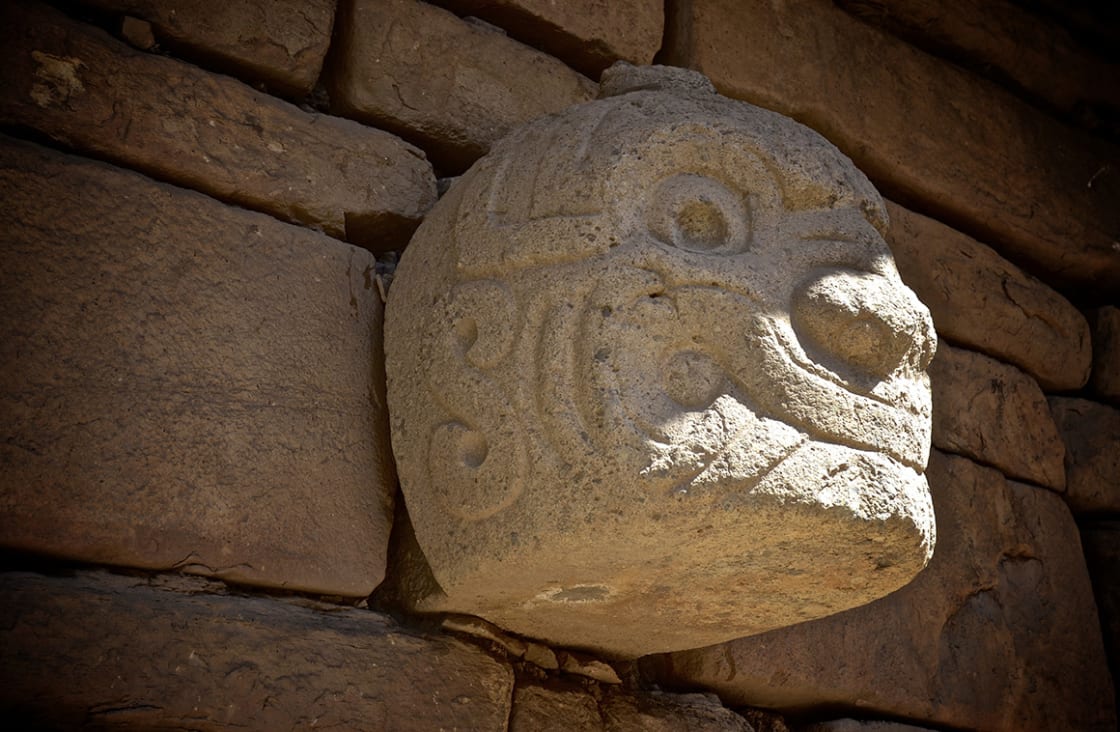
The synergistic blend of rich history, vibrant culture, and ancient ruins make Peru’s top destinations read more as a laundry list of Wonders of the World, bucket list toppers and World Heritage Sites than your average country guide. Here, both the well-known and hardly-known are amongst some of the world’s most significant cultural destinations, and UNESCO has made it official so there isn’t a question about it. Here are the 10 best Peru World Heritage Sites to add to your list.
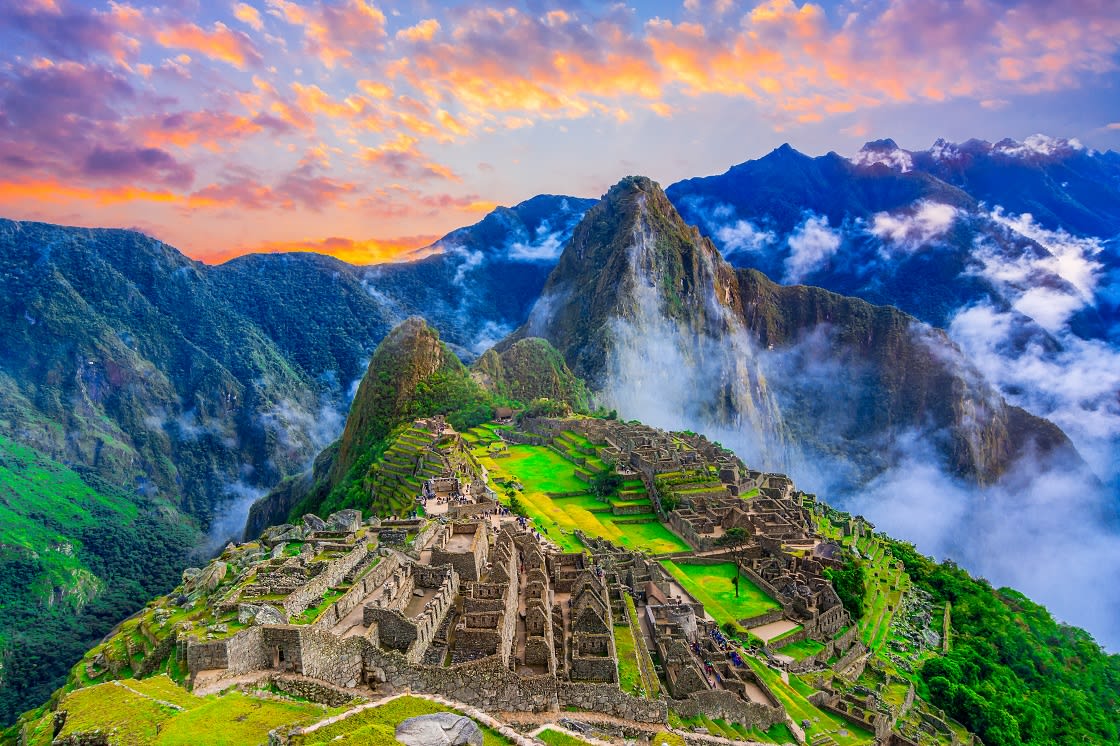
Machu Picchu Citadel
Designated in 1983, Machu Picchu is recognized for both it’s cultural and natural significance. The ancient Inca citadel was built in remarkable harmony with its natural setting, made of the Inca Empire’s most advanced structures perfectly carved into the mountains themselves, almost as if they had grown from the site rather than been built. It stands at 2,430 meters above sea level in the upper Amazon basin (the “eyebrow of the Jungle”, as locals call it), and is home to a rich variety of flora and fauna that exist in and around Machu Picchu itself. Peru’s most popular destination, Machu Picchu is a treasured natural and cultural site that no trip to Peru is complete without.
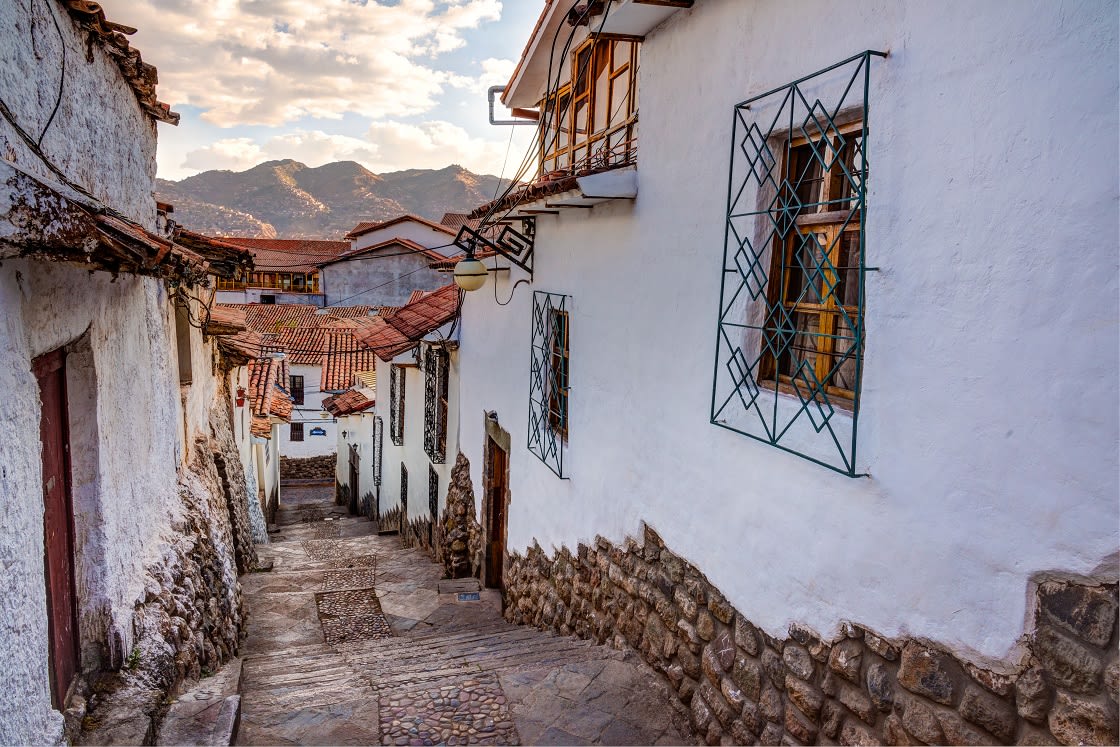
San Blas Neighbourhood In Cusco City
Recognized as a UNESCO World Heritage Cultural Site the same year as Machu Picchu, Cusco city is known far and wide as the center of Inca culture and the once-powerful Inca Empire. Developed by Inca ruler Pachacutec and later conquered by the Spanish in the 16th century, it is home to a variety of well-preserved Inca and Spanish structures. Baroque churches stand on the foundations of Inca ruins, and original constructions remain in the busiest parts of this Andean city. Though it is considered the gateway to Machu Picchu, Cusco certainly offers much more than just that.
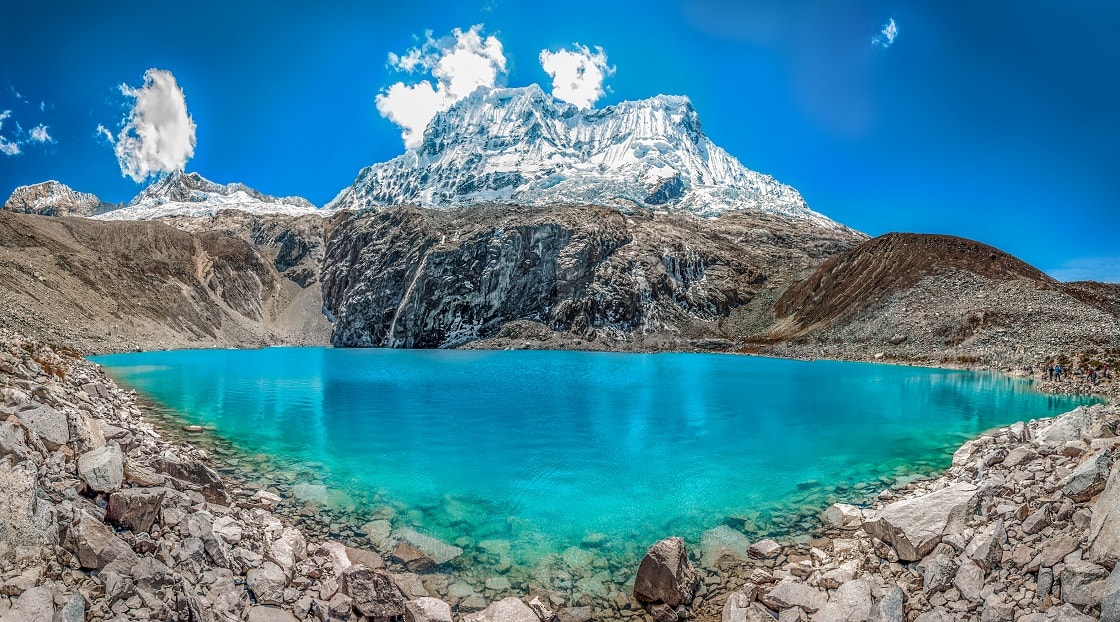
Laguna 69, Huascaran National Park
The breathtaking Huascaran National Park is part of Peru’s Cordillera Blanca, the highest tropical mountain range in the world. Mount Huascaran itself rises 6, 768 meters above sea level, and is home to species such as the spectacled bear and Andean condor that live in the impressive natural setting of glacial lakes and snowy peaks. Huascaran is recognized as a UNESCO World Heritage Natural site, and is a great destination for trekkers and nature lovers.
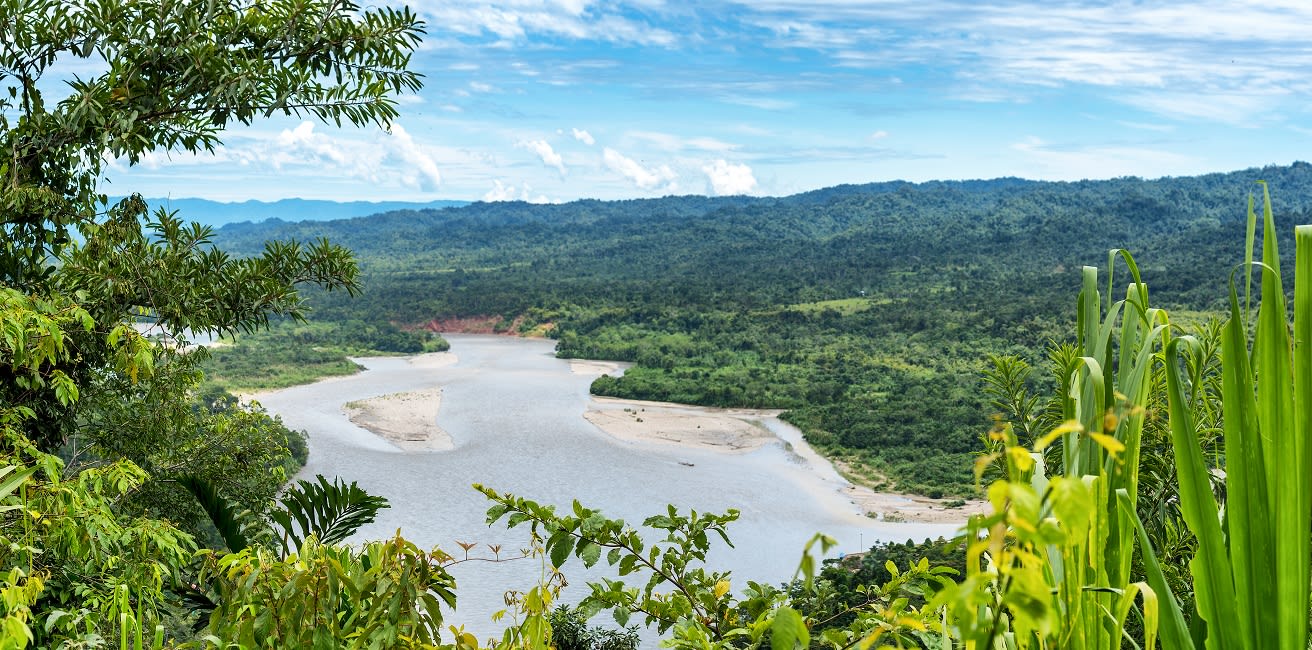
Manu National Park, Peru
Often called the most biodiverse region in the entire world, this 1.5 million hectare park is the only UNESCO World Heritage site in the Peruvian Amazon, and boasts natural wonders that make it undeniably deserving of the title. Because Manu National Park spreads over many tiers of vegetation (150 meters above sea level at its lowest point to 4,200 meters above sea level at its highest), it fosters varied natural habitats within close vicinity to one another, and subsequently remarkably different species within each. More than 850 species of birds have been identified here, as well as rare and endemic species ranging from the giant armadillo to the jaguar. Manu was distinguished as a Natural Heritage Site in 1987.
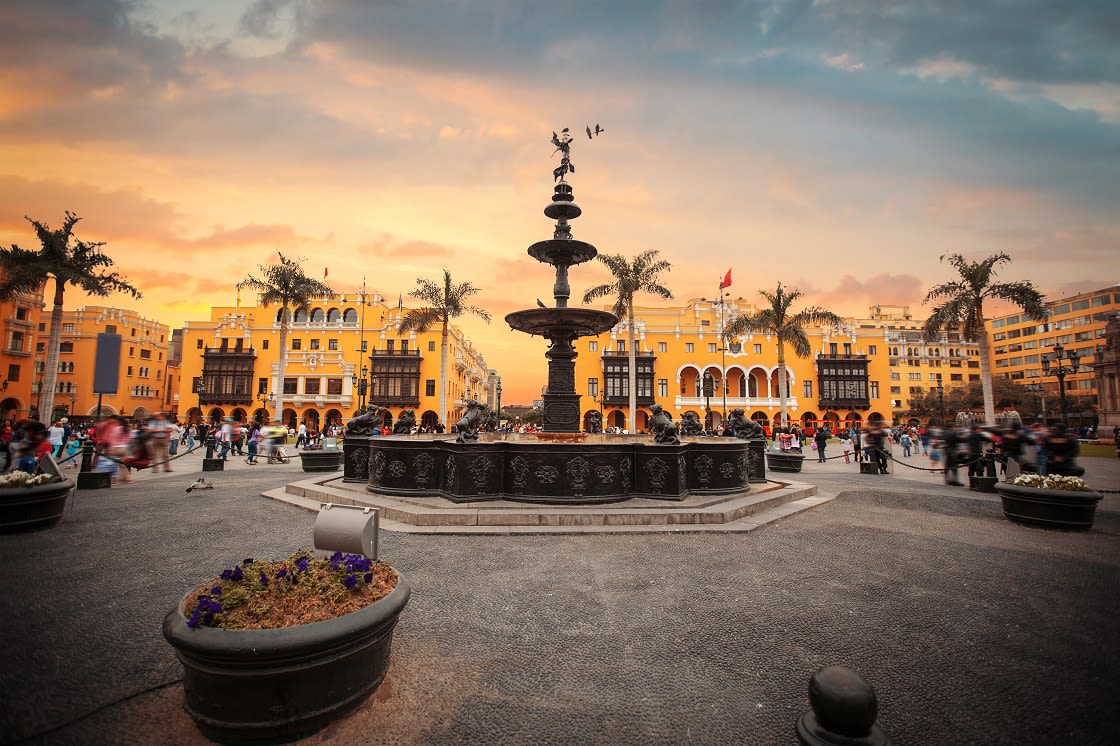
Lima Main Square
Many of the UNESCO World Heritage Sites in Peru have fallen victim to the country’s relentless fault lines, however Lima is yet another example of the resilience of these classic structures, as well as their beauty even after earthquakes have wrecked havoc upon them. Named the ‘City of the Kings’, Lima was the capital and most important city for the Spanish as they colonized South America, and has long been recognized for its elegant structures, detailed colonial architecture, and buildings that highlight both Spanish and local designs. The Historic Center of Lima is the best-preserved part of Peru’s capital city, and is home to many cultural destinations.
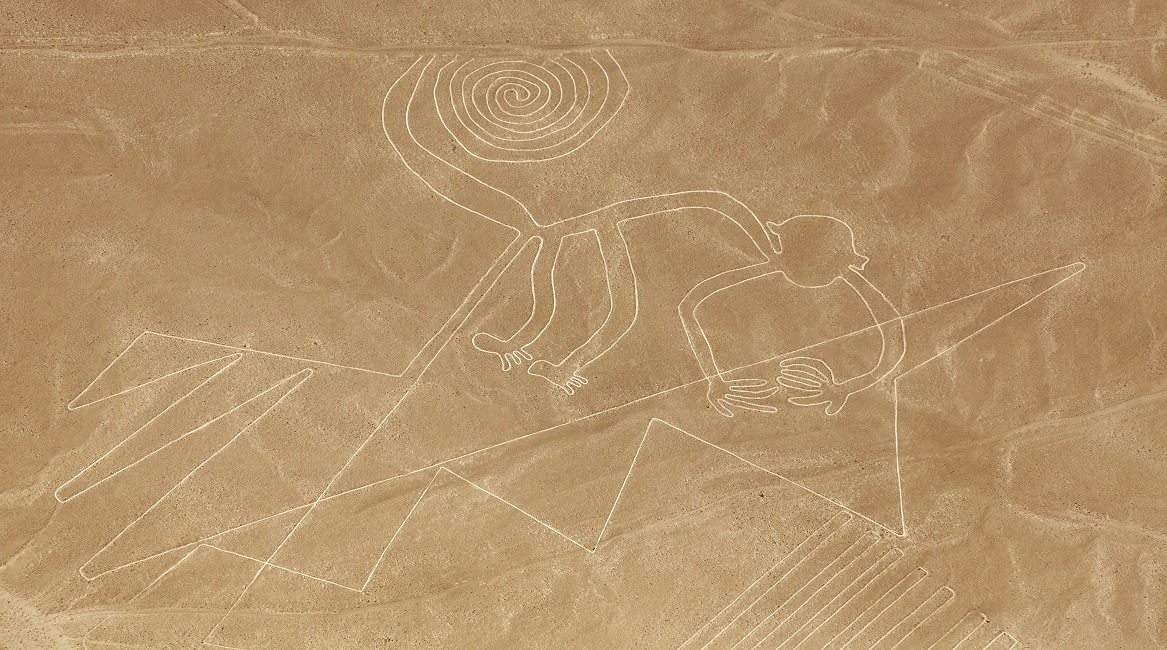
Nazca Lines, South Lima
Covering more than 450 square kilometers, these giant designs were made of lines scratched into the arid desert ground between 500 B.C. and A.D. 500. There is great mystery surrounding the creation of these depictions of plants and animals, due to their quantity and unfathomable size, however there are several theories that they provide ritual astronomical functions. The Nazca Lines are one of the newer UNESCO World Heritage Sites in Peru, designated in 1994 for their cultural value.
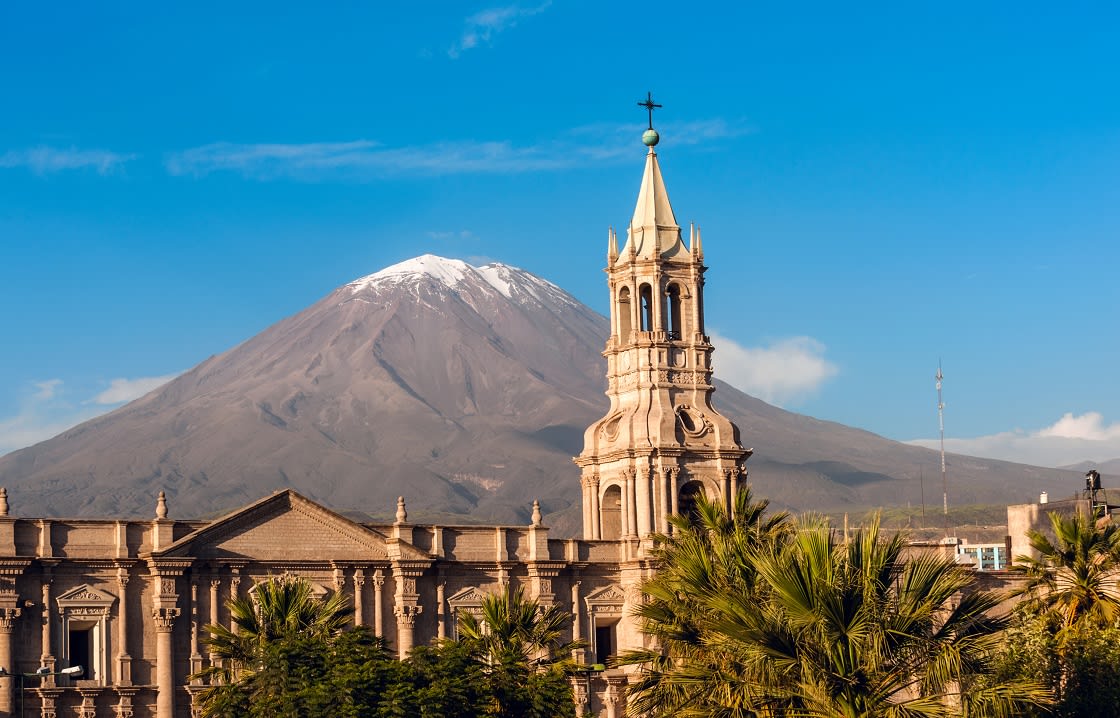
Misti Volcano And Arequipa Cathedral
Made of stark sillar (white volcanic rock), the historic center of Arequipa is a UNESCO World Heritage Cultural Site noted for its unique architecture. A blend on work by colonial masters and indigenous masons, a variety of influences can be seen in the city’s walls, archways, vaults, courtyards, and styled open spaces and their Baroque adornments.
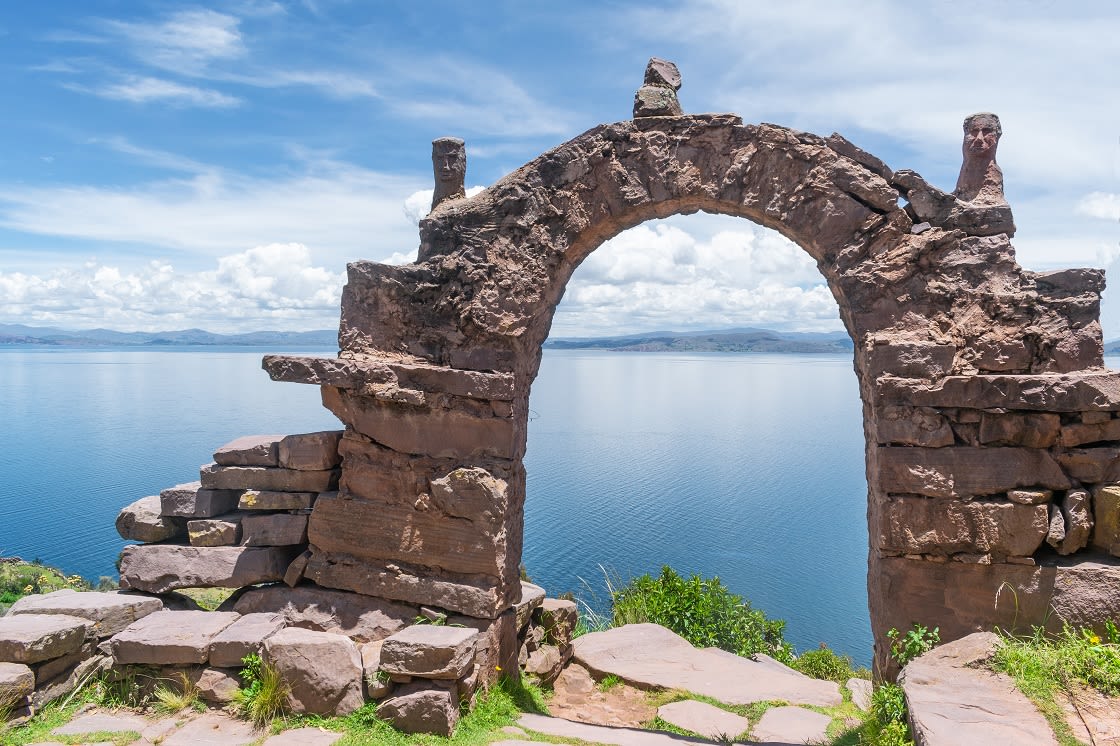
Famous Arch In Taquile Island, Lake Titicaca
Peru’s other UNESCO World Heritage Sites focus on natural and cultural value, however Taquile Island and its textile art are cited as “Oral and Intangible” World Heritage Sites, a recognition that alludes to the fragile value found here. The weaving tradition on Taquile dates back to the ancient Inca, Pukara and Colla civilizations, and is a regular part of present-day life on this island, thus keeping pre-Hispanic Andean culture alive, a feat rarely found elsewhere and warranting of UNESCO’s designation. Additionally, the people of Taquile continue to speak both the indigenous languages of Quechua and Aymara, in addition to Spanish.
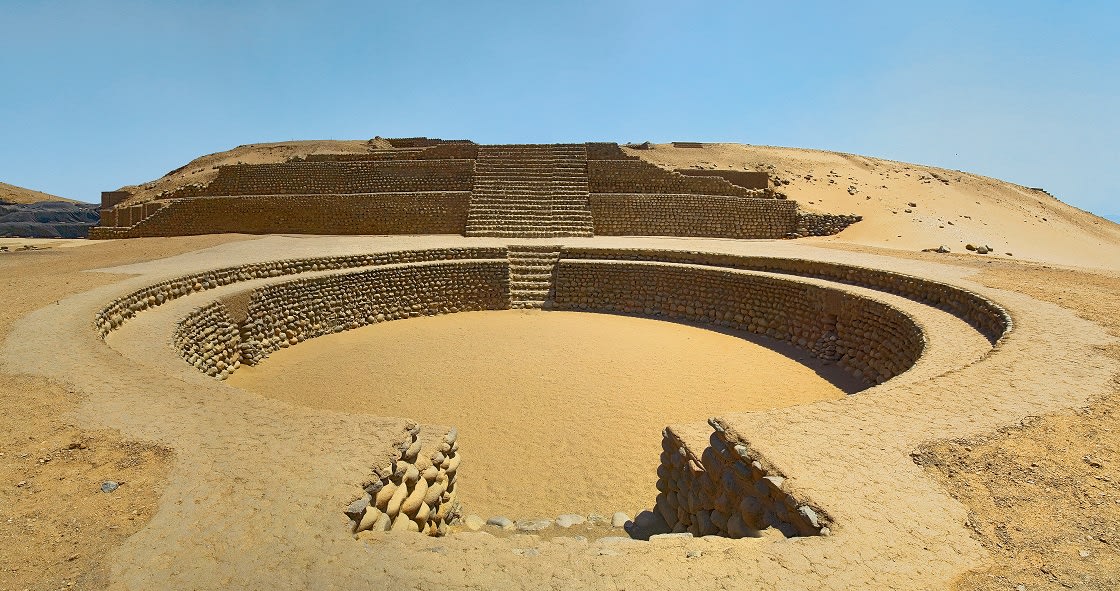
Sacred City Of Caral, North Lima
A name not many recognize, the Sacred City of Caral has earned its spot on the list of Peru’s top UNESCO World Heritage sites for a pretty big reason: it was the first city in all of the Americas. That’s right, the first city, the first centre of civilization, Caral is where it all began. Today, Caral is 5,000 years old, and its ruins span over 626 hectares above the green valley of the Supe river. Impressive in its design and complex architectural aspects, it is exceptionally well-preserved and a testament to the complexity of the Caral society. Structures include six large pyramidal structures, sunken circular courts, and sophisticated design.
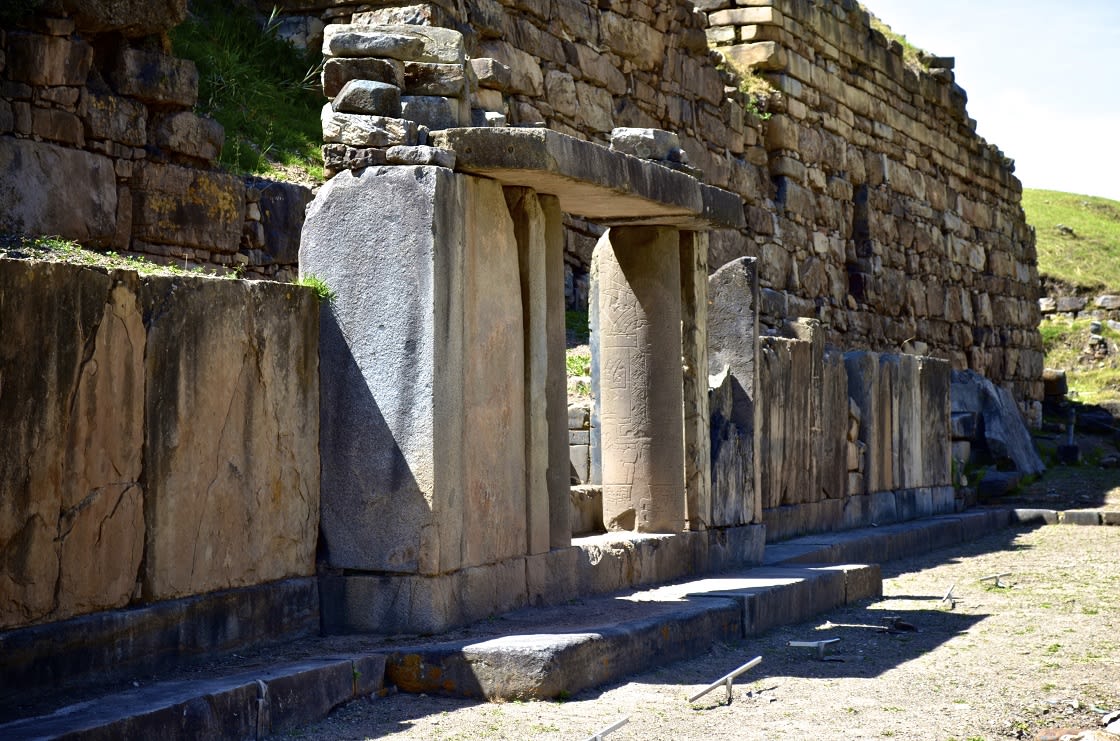
Chavin de Huantar
The name may not ring a bell for the average tourist, but Chavin de Huantar is well-known by many as one of the earliest pre-Columbian sites, and gave the name to the culture that developed here in the Andes between 1500 and 300 B.C. The complex of terraces and squares is striking in appearance, and is adorned with zoomorphic ornamentation. It is a UNESCO World Heritage Culture Site, and one of the oldest in Peru.
From protected regions of the rainforest to the capital city’s downtown to ancient languages that continue to thrive, these ten top UNESCO World Heritage Sites in Peru demand a visit from any traveler in the region. Talk to us today about tours to each of these destinations.
While Rainforest Cruises aim to provide accurate and up-to-date information, we make no representations as to the accuracy or completeness of any information herein or found by following any link on this site. Rainforest Cruises cannot and will not accept responsibility for any omissions or inaccuracies, or for any consequences arising therefrom, including any losses, injuries, or damages resulting from the display or use of this information.




